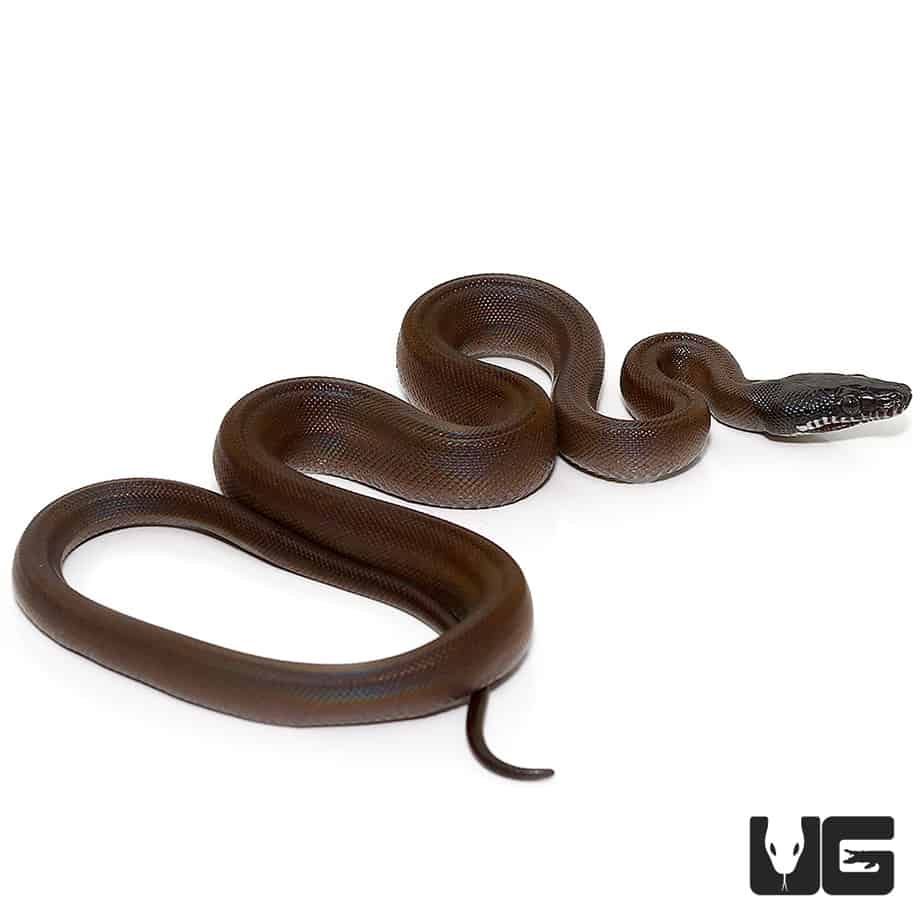

However, they will occasionally take frogs or other sources of protein if given the chance. Additionally, some type of artificial foliage should also be provided within the habitat so your python has places where he can feel secure while basking in his natural environment.Īs far as diet is concerned, white lipped pythons tend to feed mostly on small rodents like mice and rats. It’s important to use materials such as wood chips or cypress mulch on the bottom of their cages so they don’t come into direct contact with any substrate that may be potentially hazardous. This means they need spacious enclosures that provide ample room to move around, hide, and explore. When it comes to size, adult white lipped pythons typically measure between 5-7 feet in length and can weigh up to 20 pounds or more. Here’s what every reptile enthusiast should know about caring for these charming creatures. Caring for these beautiful reptiles requires special attention to their needs-from size requirements to enclosure setup and diet. They’re native to Southeast Asia and known for their striking pattern of white scales around the lips. White lipped pythons are a majestic species, like an elegant river winding through the wild. With these tips in mind and enough patience & dedication from you – raising a happy & healthy white-lipped python doesn’t have to be difficult! Overview

Live prey however may be necessary at times depending upon your snake’s dietary preference – always consult a veterinarian before making any changes to its diet plan. White lip pythons feed mainly on small mammals such as rodents or birds within their native environments, so if you plan on keeping one as a pet then frozen pre-killed animals will usually suffice. Setting up the substrate correctly can also help maintain correct temperatures while keeping your snake safe from potential hazards like cuts or abrasions.įinally, let’s talk about nutrition. A good way to ensure your white lipped python stays healthy is by providing them with just the right environment including temperature, humidity levels, and light exposure.

White lipped pythons are native to Southeast Asia and parts of Australia, which means they need specific conditions in order to live comfortably outside their natural habitats.


 0 kommentar(er)
0 kommentar(er)
